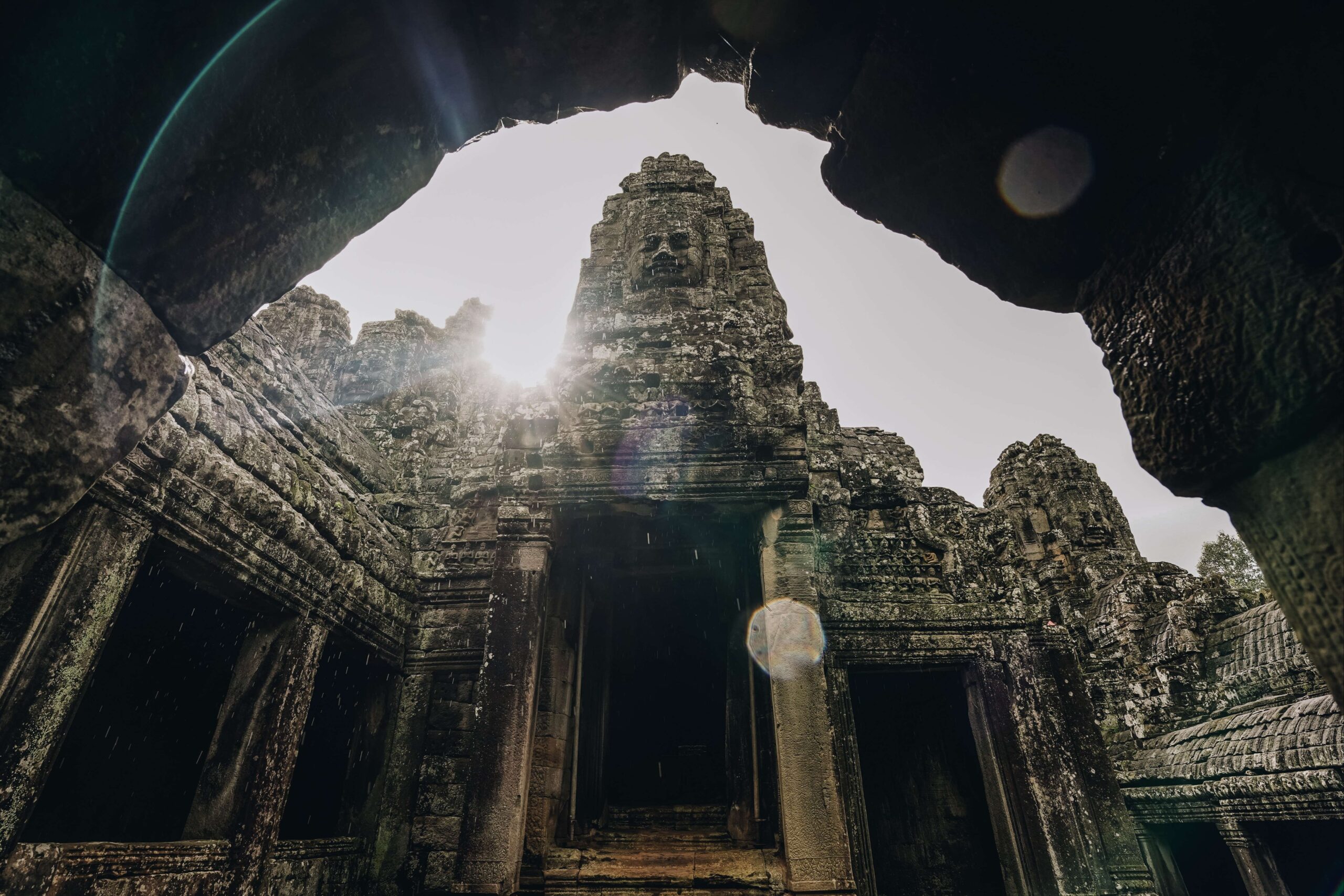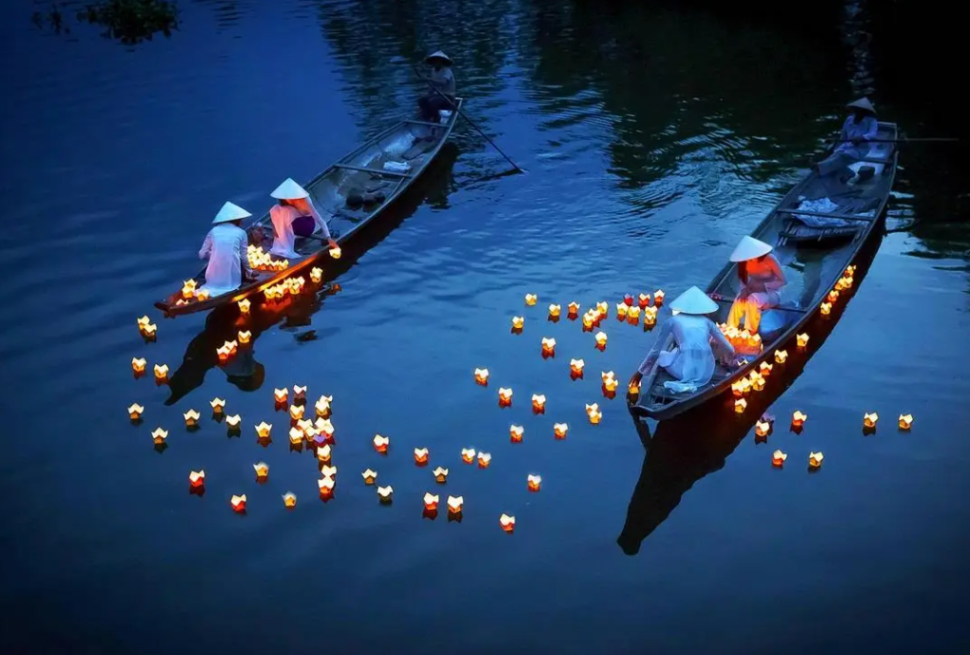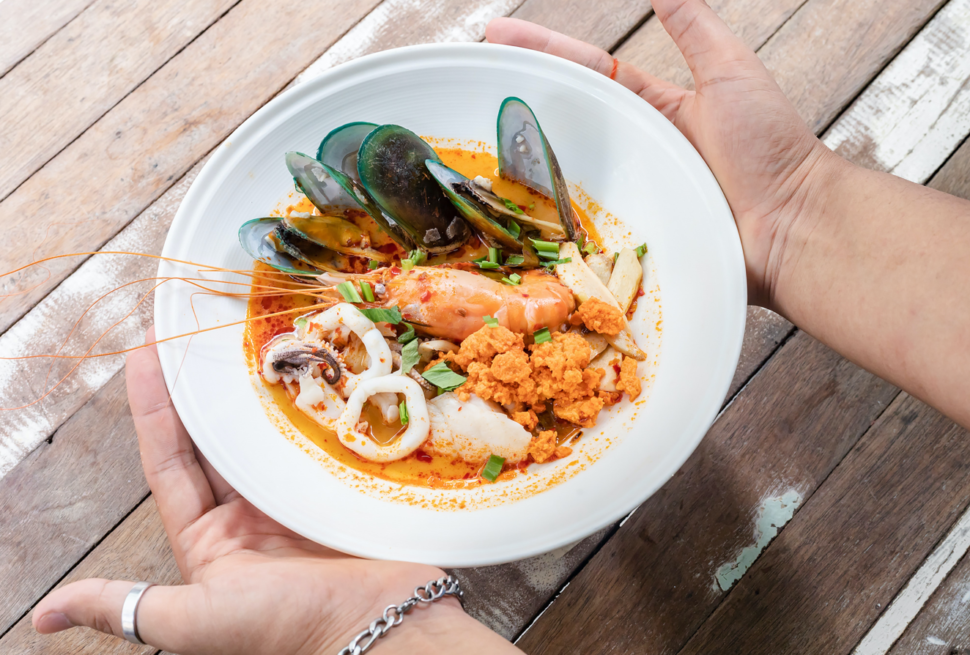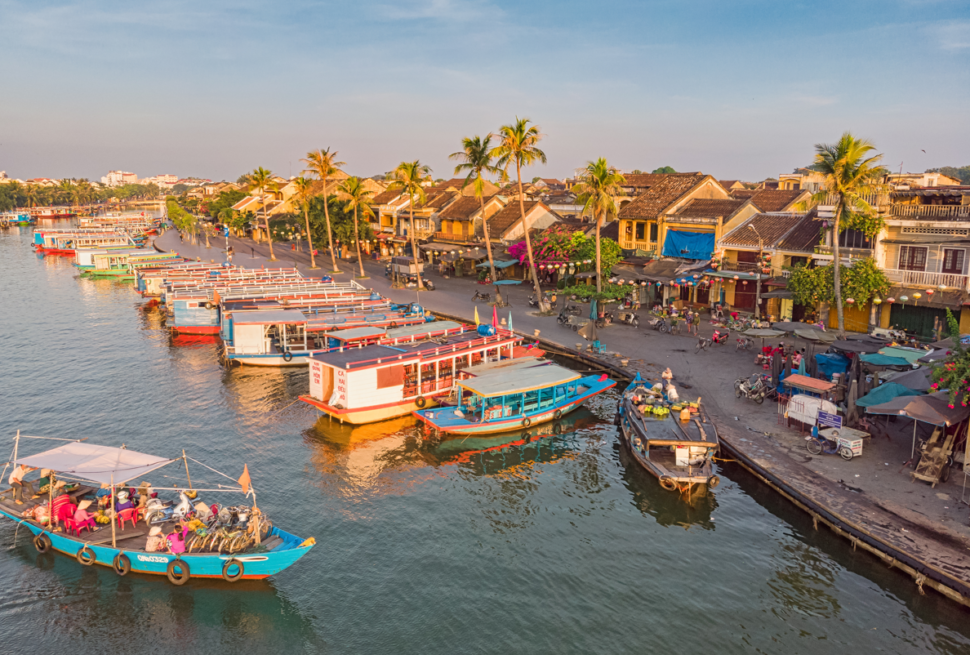Cambodia is the Kingdom of Wonder with thousands-of-year temples from the powerful Khmer empire in the past, untouched breathtaking natural landscapes, deep cultural diversity and impressive intangible and tangible heritage sites.
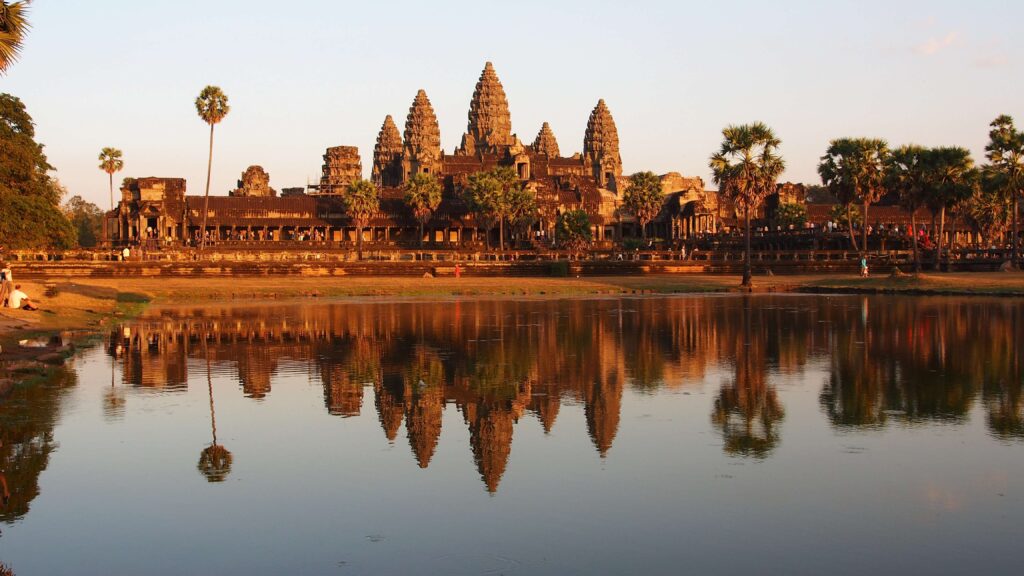
Defined by vibrant & bloody history
Whenever talking about Cambodia, the first thought coming out in our own mind is the temples of Angkor and the Khmer empire, both of which are pride of Cambodian culture. The ancient Khmer one (9th – 15th centuries AD) is considered as a glorious period of Cambodia, which still has influence in many cultures, languages and traditions in some regions in Southeast Asia and partly China. And its heritage – Angkor Wat is still a mysterious discovery to scientists, archeologists and historians as well as anyone, who wants explore the tremendous Khmer dynasty. It is undeniable to sate that any visit to Cambodia is incomplete without a trip to Angkor Wat.
While Angkor Wat of Khmer Empire is Cambodian pride, Khmer Rouge brought tragedy, which has still existed in Cambodian memory until now. It is estimated that there were about 2 million of death under Khmer Rouge due to execution, starvation, disease or overwork. The infrastructure as schools, healthcare, currency was damages in order to bring Cambodia back to “year zero” as Pol Pot’s intention.
Cambodian or Khmer Culture
As an agricultural country with rice being the main foodstuff, Cambodian food is mainly influenced by Chinese, Thai and Vietnamese cuisine with a blend of fresh ingredients and flavors. Unlike spicy Thai cuisine, Cambodian one is rather mild and has a lot of pickled and tangy flavors.
Typically, a Cambodian meal includes main dishes, three or four little dishes, rice and a soup. There is the little bit concept between Cambodian and neighboring countries in cooking, the Khmer food offer a little bit of every flavor. Chili is usually served on the side, up to personal preference, than can take the heat or not. Some famous food of Cambodia are Fish Amok, Banana Blossom Salad, Lap Khmer, Kampot Pepper Crabs, Green Mango Salad, etc.
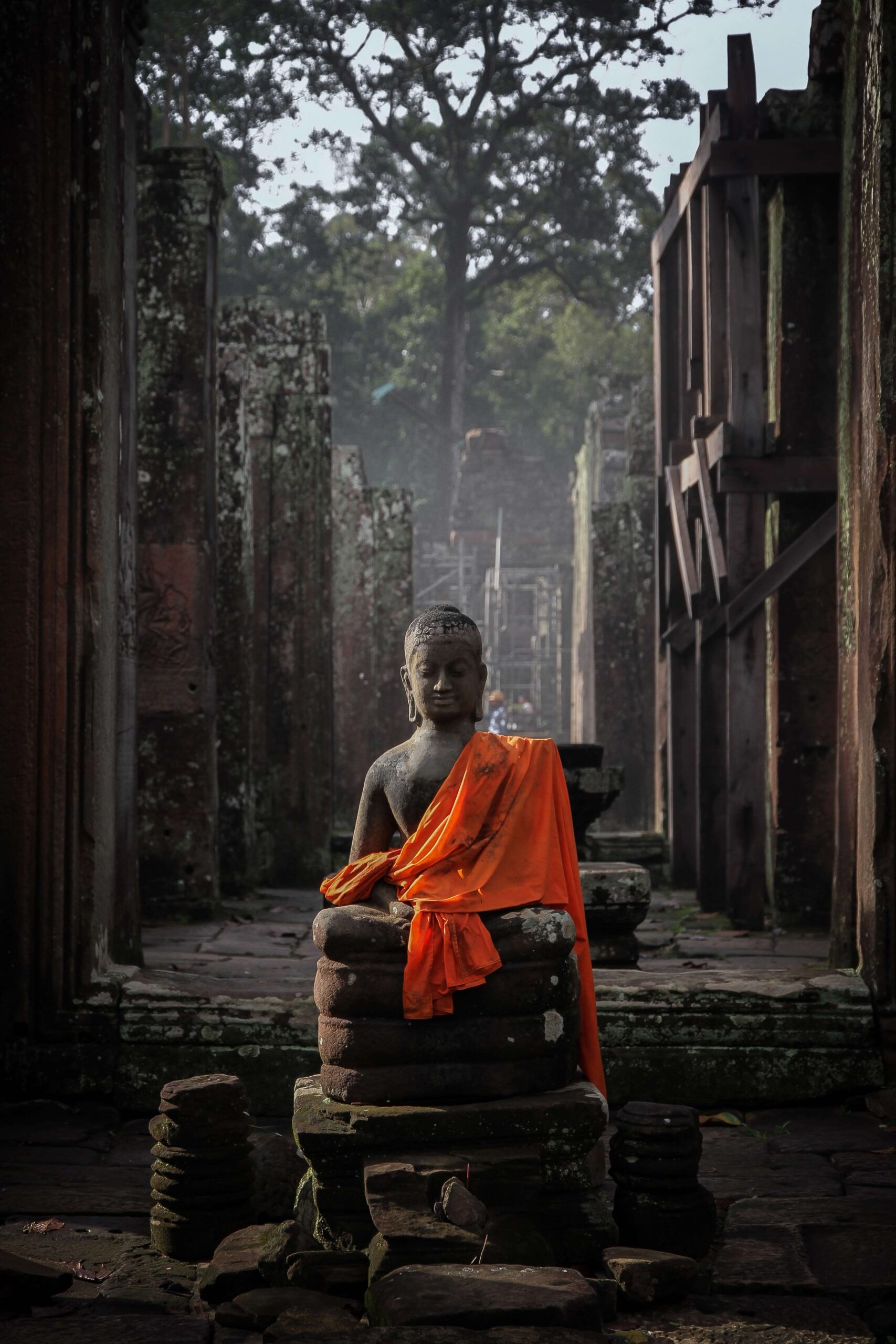
Phnom Penh & the Provinces
Whenever talking about Cambodia, the first Phnom Penh is both the capital and the largest city in Cambodia. Beside famous spiritual spots, untouched nature beauty, Phnom Penh is also a bustling city with lots of motorbikes, tuk tuk and street vendors. Especially ride a boat to catch sunset on the boundary between Tonle Sap Lake and Mekong Delta is a romantic and worth experience.
Outside Phnom Penh, Cambodia has a further 22 provinces. Cambodia is consolidated by two large waterways, including Tonle Sap freshwater lake on the east and mighty Mekong Delta to the west. Consequently, Cambodia has a diverse ecosystem for flora and fauna as well as agriculture development with huge rice fields.
Traditions & Customs
n Khmer culture, respects to elders and ancestors forming part of everyday customs and a person’s head is believed to contain his soul, therefore making it tattoo to touch it. Many cultural customs are connected to Buddhism, the national religion. Cambodian people believe that it is inappropriate to show anger or excessive emotion in public. So they also welcome visitors with kindness, patience and smiles. Besides, it is impolite to have an eye contact with someone who is older or a superior.
There is about 19 public holidays honoring political, religious and international festivals in Cambodia. Especially, Choul Chnam Thmey is Cambodian Lunar New year, which usually takes place on April 13th or 14th, similar to the traditional solar new year in India, Nepal, Sri Lanka, Myanmar, Laos and Thailand.
Cambodian also use Buddhist Era to count the year following to Buddhist calendar.

